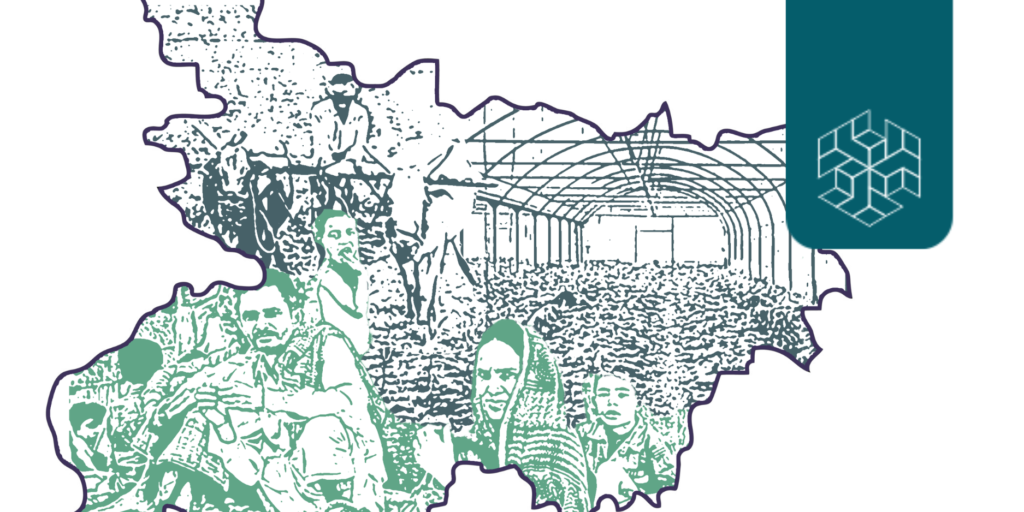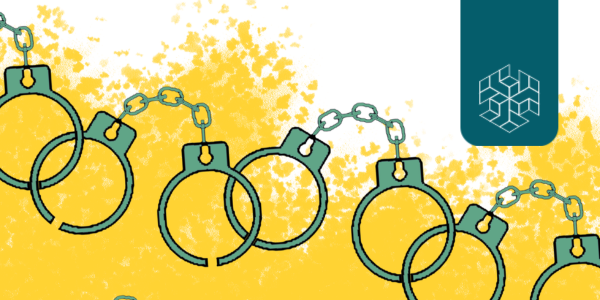INTRODUCTION
The institution of marriage aids the state in both legislation and welfare policies. The custom of marriage regularises the creation of families. The state benefits from the creation of the family because the unit of the family goes on to take on the burden of childcare, civil protection, and property (both tangible and intangible). These social institutions have a coherent system for family property, lineage, insurance, and healthcare, to name a few. Thus, the state benefits from both the Constitution and the continuation of the institution of marriage. The institution of marriage becomes complementary to the policy framework. Policy research has gone on to show that marriage benefits the unit of the family itself through higher earnings and productivity, accessibility to care work, and better child care (Ahituv & Lerman, 2007).
At the same time, marriage continues to have patriarchal limitations for female members, both at the time of the constitution and within the institution (Kannabiran, 2014). The very constitution of this union through the ceremony of marriage increases the economic burden on the family of the bride through practices of dowry and gift-giving. To put it more succinctly, in a patriarchal society, the cost of marriage, through most customary practices, is higher for women than men (Anderson, 2007). The exacerbated economic burden on families, complimented by the accepted social avenues for girl children (Ahmed, 2015), has resulted in the rampant prevalence of both child marriage and female foeticide. The Government of India has strategically attempted to create more equitable conditions within the institution of marriage. Social practices like child marriage, female infanticide and foeticide, and dowry have been criminalised through separate laws like the Dowry Prohibition Act, 1967; The Medical Termination of Pregnancy Act, 1972; the Child Marriage Restraint Act, 1978; and The Prohibition of Child Marriage Act, 2006.
Within welfare and family planning schemes, the State has created a system of allied schemes for gender equity that promote conditions of equality between men and women. Furthermore, the welfare schemes have broadened their scope within the institution of marriage by dwelling on maternal health, child nutrition, foetal nutrition, and child education. Another unique feature of the Indian policy system is a form of formal policy institutionalisation of marriage through Marriage Assistance Schemes [MAS]. The MAS is designed to provide monetary assistance to recognised beneficiaries after the solemnisation of their marriage.
Thus, the Government of India continues to engage with marriage through a three-pronged approach of legal recognition, legal penology, and welfare schemes. Given the structural importance of the institution of marriage and its socio-political location, this paper aims to understand the changing trends in marriage and analyse the impact of family planning, welfare policies, and MAS on the institution of marriage at the stage of composition itself, by studying demographic indicators.



